Description
The manufacturing process is meticulously detailed, highlighting the bifacial shaping and reduction techniques employed by skilled knappers to create the ovate form. The model accurately captures the characteristic ovate shape of Acheulean hand axes, featuring a broad, rounded outline with a pointed tip. The tool’s form is designed for a versatile grip, allowing for effective use in various tasks, including butchering, woodworking, and other activities related to the daily needs of early humans. The model showcases the deliberate bifacial flaking that defines the ovate hand axe, emphasizing the symmetry and uniformity of the flake removals. Flakes are strategically removed to create a thin, sharp cutting edge, emphasizing the tool’s effectiveness for both precision work and heavy-duty applications. The model highlights the intentional shaping of the cutting edge, featuring a combination of bifacial flake removals and retouching to create a versatile and durable edge. The edge is designed to facilitate efficient cutting and slicing, making the ovate hand axe suitable for a range of tasks.
Attention to the ergonomic considerations in the model reflects the ovate hand axe’s comfortable grip and balance, optimizing its utility for different tasks.
The model may incorporate realistic use-wear patterns, replicating the distinctive traces left by repeated use in various activities, providing insights into the tool’s function and the behavior of its users.
The ovate hand axe model serves as a valuable educational tool for archaeologists, anthropologists, and enthusiasts interested in lithic technology and the cultural adaptations of early hominins. It contributes to a deeper understanding of the Acheulean lithic tradition and the technological advancements of early humans during the Lower Paleolithic.
Researchers can utilize the model for studies on lithic technology, raw material sourcing, and cultural behavior, offering a tangible representation for experimental archaeology and comparative analyses.
Constructed from durable, museum-quality materials, the model ensures longevity and authenticity, making it suitable for exhibition in educational settings, museums, and research institutions.
The Lower Paleolithic ovate hand axe model’s accurate representation offers valuable insights into the technological and cultural achievements of early hominins. Its meticulous design and scientific accuracy make it an essential tool for education, research, and as a visual representation of the early stages of human material culture.

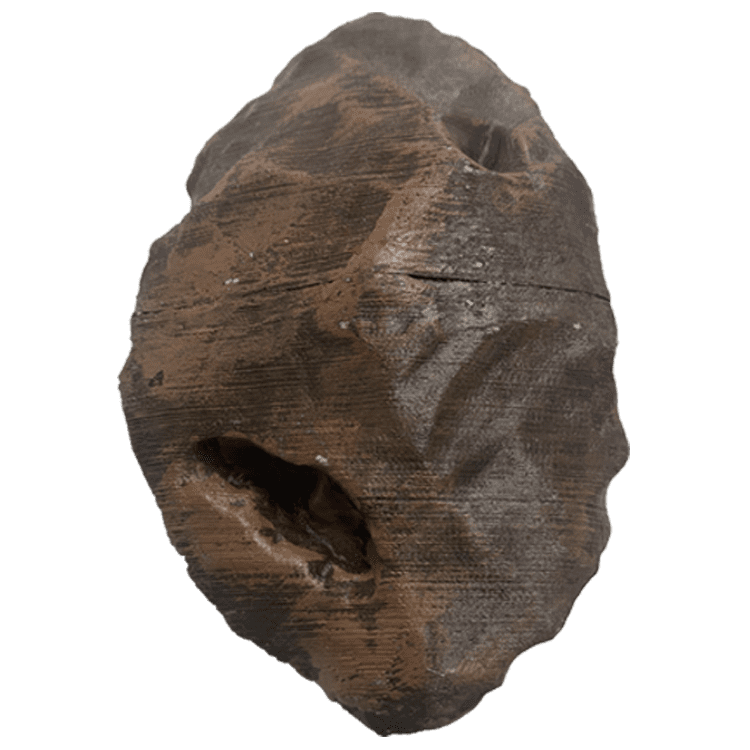
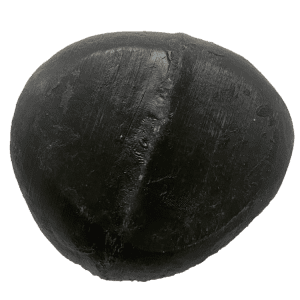
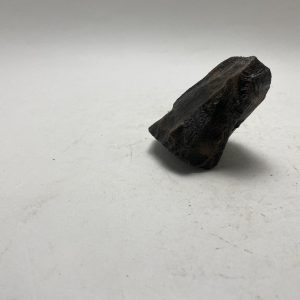
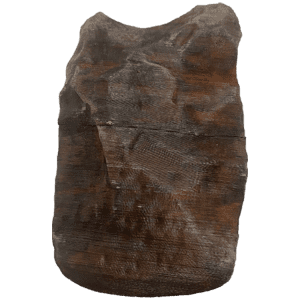
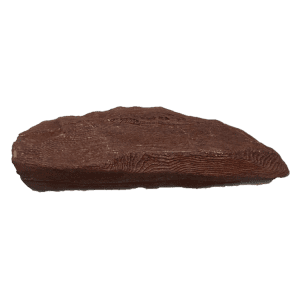
Reviews
There are no reviews yet.